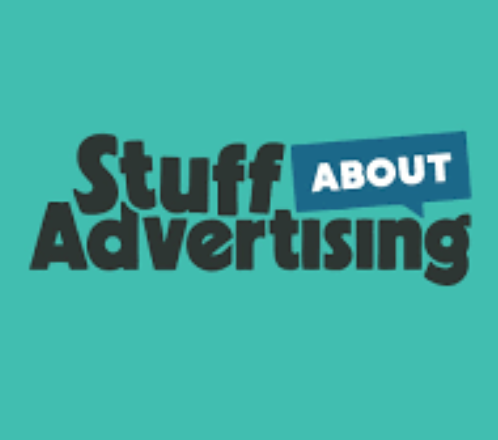Every day, it seems, there is more news of corporate cost-cutting. As the economic climate tightens amid an election year and looming recession, businesses often look to marketing as one of the first budgets to cut.
While these cuts can provide some short-term financial relief, data suggests that the long-term consequences are both substantial and detrimental.
Marketing budgets are usually the first to go largely because advertising expenses are flexible; they aren’t committed until spent, can be paused or restarted quickly, and can be reduced without impacting business productivity — or so the logic goes.
Recent studies highlight the negative effects of pausing advertising, with a strong emphasis on the critical role of brand recall and ongoing consumer engagement. The 2023 Edelman Trust Barometer reports that reducing visibility and interaction with consumers significantly diminishes brand engagement and trust.
Nielsen’s findings further reinforce the importance of brand recall, particularly in emerging media channels such as podcasts and influencer marketing.
This impact is particularly significant in today’s economy, where continual engagement post-purchase is crucial for fostering brand loyalty and trust. Once decline begins, reversing it becomes increasingly challenging.
Treating advertising as an investment rather than an expense is crucial during recessionary times, as every dollar reduced can lead to substantial sales losses. Reducing ad budgets versus completely going dark revealed that for every dollar cut 11 brands experienced a loss of 3x that amount in sales returns (TiVo Research and Analytics, Inc.).
Pausing digital ads is especially problematic, as it can lead to disrupted campaign momentum, reduced ad rank, lost algorithmic learnings, and missed sales opportunities. Worst of all, this gives your competitors an edge, as they can now spend less to reach your target customers.
If you need to pause digital ads for whatever reason, there is a better option — simply reduce your paid digital spend to a minimum daily budget. For most campaigns, that would be at least $10-$100/day per campaign, depending on the size of your brand and budget.
A large client was recently forced to reduce its paid media budget due to directives from its corporate HQ. Within two months of the lower spend, the company recorded a 92% reduction in consumer traffic attributed to the cut in digital media.
In 2020, during the height of the pandemic, Coca-Cola decided to significantly reduce its advertising budget, cutting it by 35%. This decision was driven by the belief that marketing would not make a substantial difference during lockdowns. However, this reduction led to an 11% decline in Coca-Cola’s net revenues for the year.
Meanwhile, its competitor, PepsiCo, maintained its ad spend and reported a net revenue growth of 5% in the same period.
This example illustrates the critical mistake of cutting ad spend during a crisis, which allowed PepsiCo to gain a competitive advantage and grow their market share at Coca-Cola’s expense.
While pausing paid media in today’s economic climate can be tempting, doing so could yield more harm than good. Maintaining your advertising spend, or at least reducing it to a comfortable daily budget, will not only secure your brand’s positioning but also strategically position you to gain market share from competitors.
This post borrowed from Anthony Chiaravallo, writer for Marketing Insider. This post was previously published in an earlier edition of Marketing Insider.






